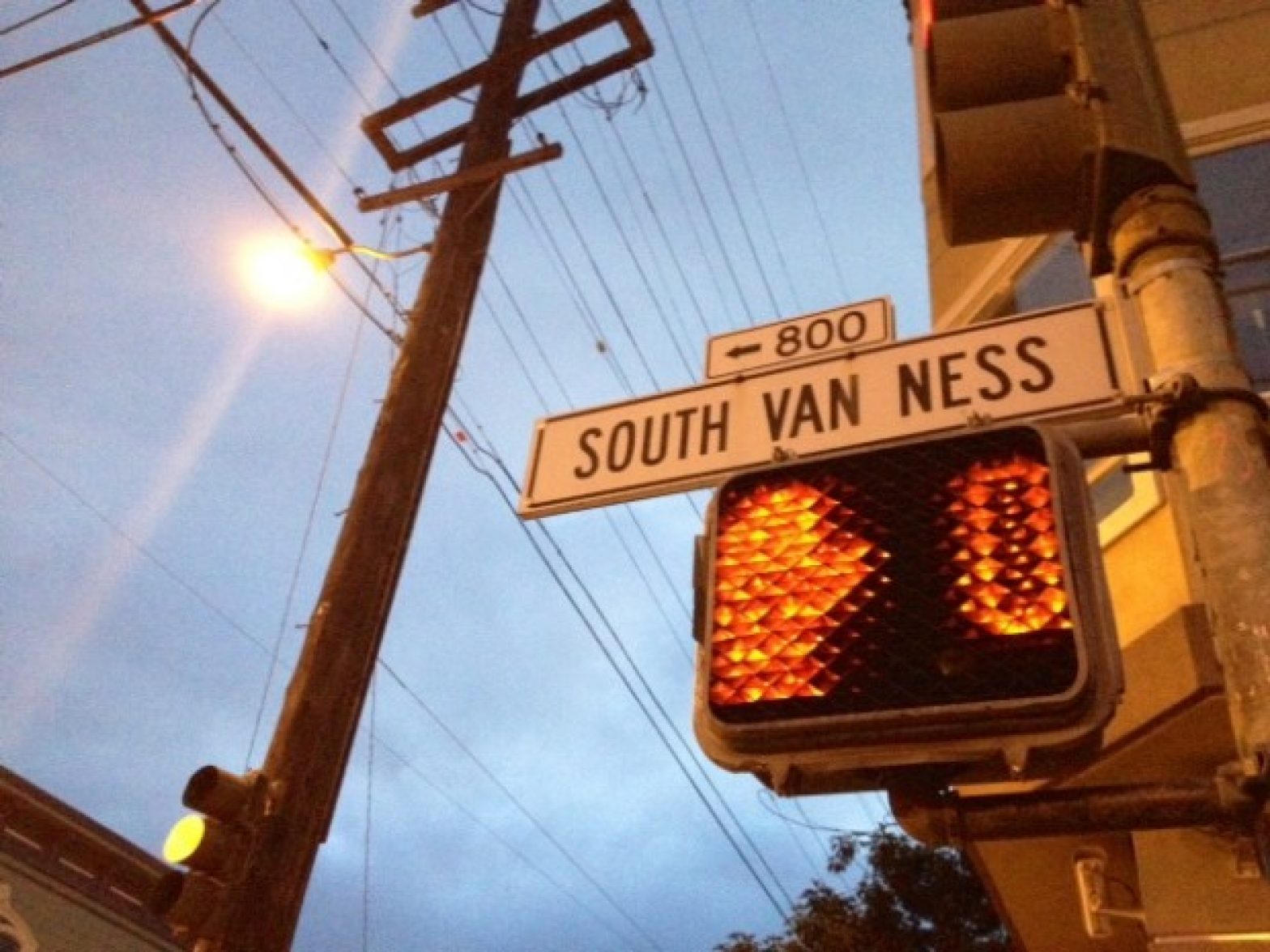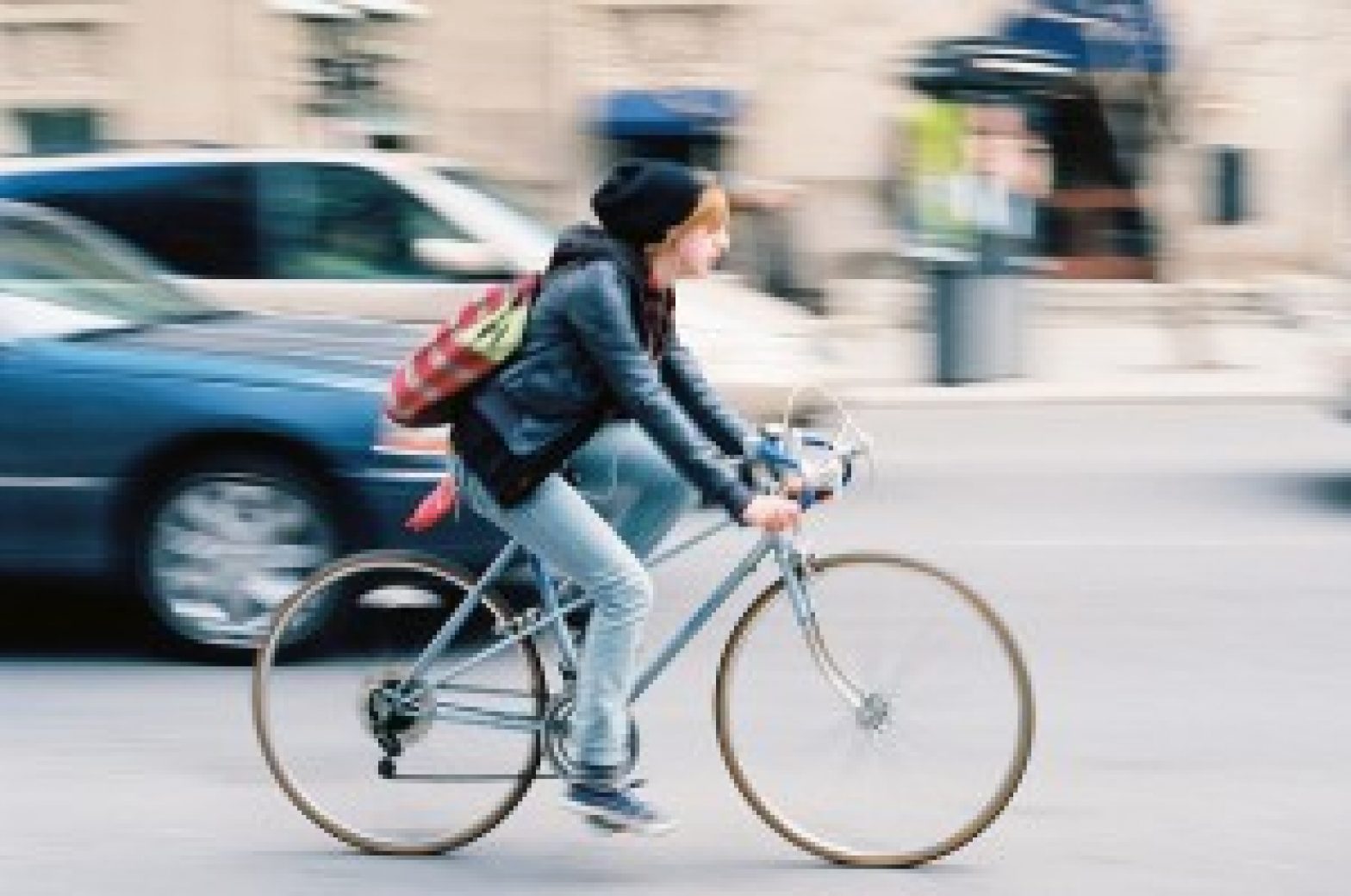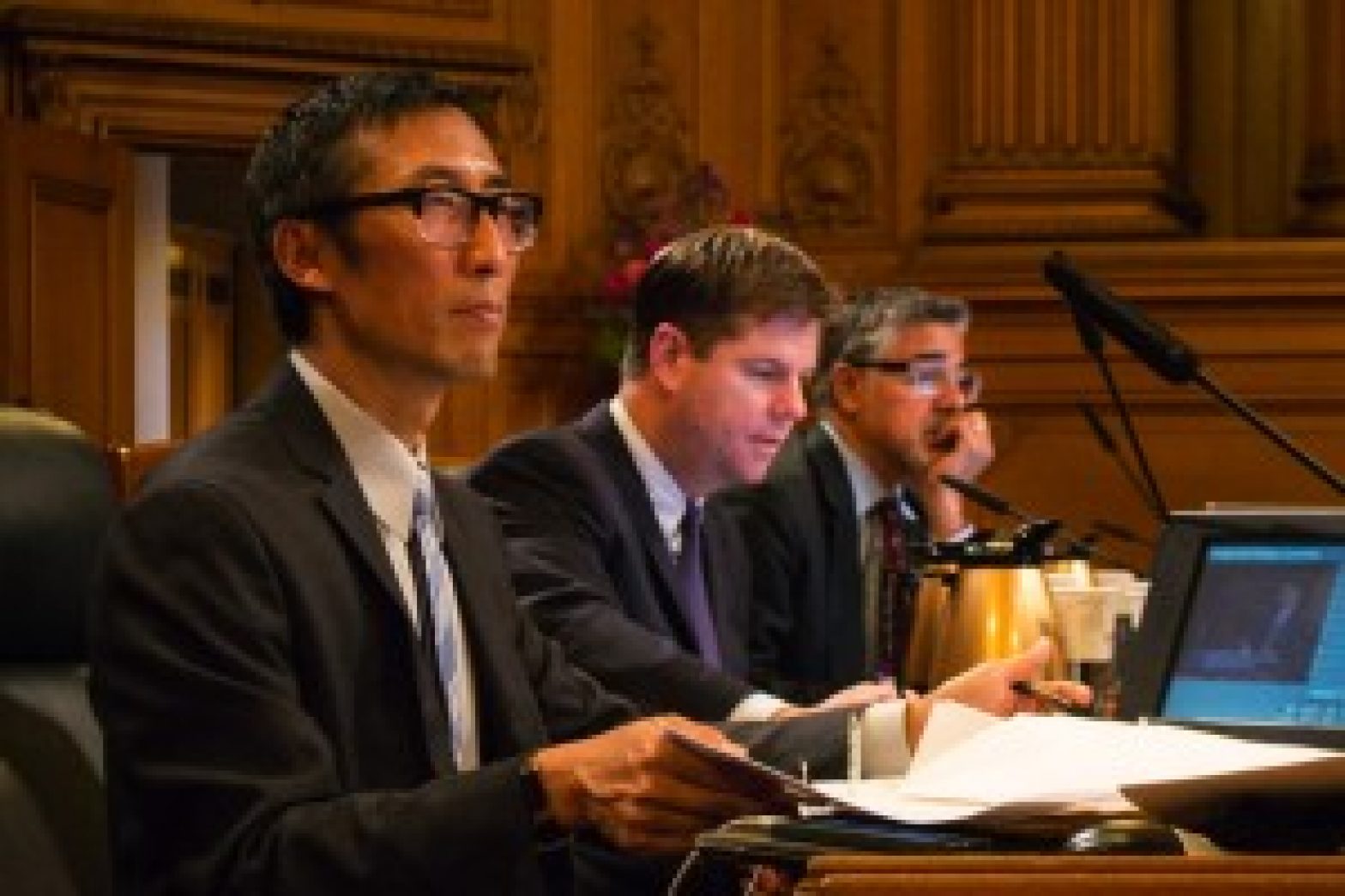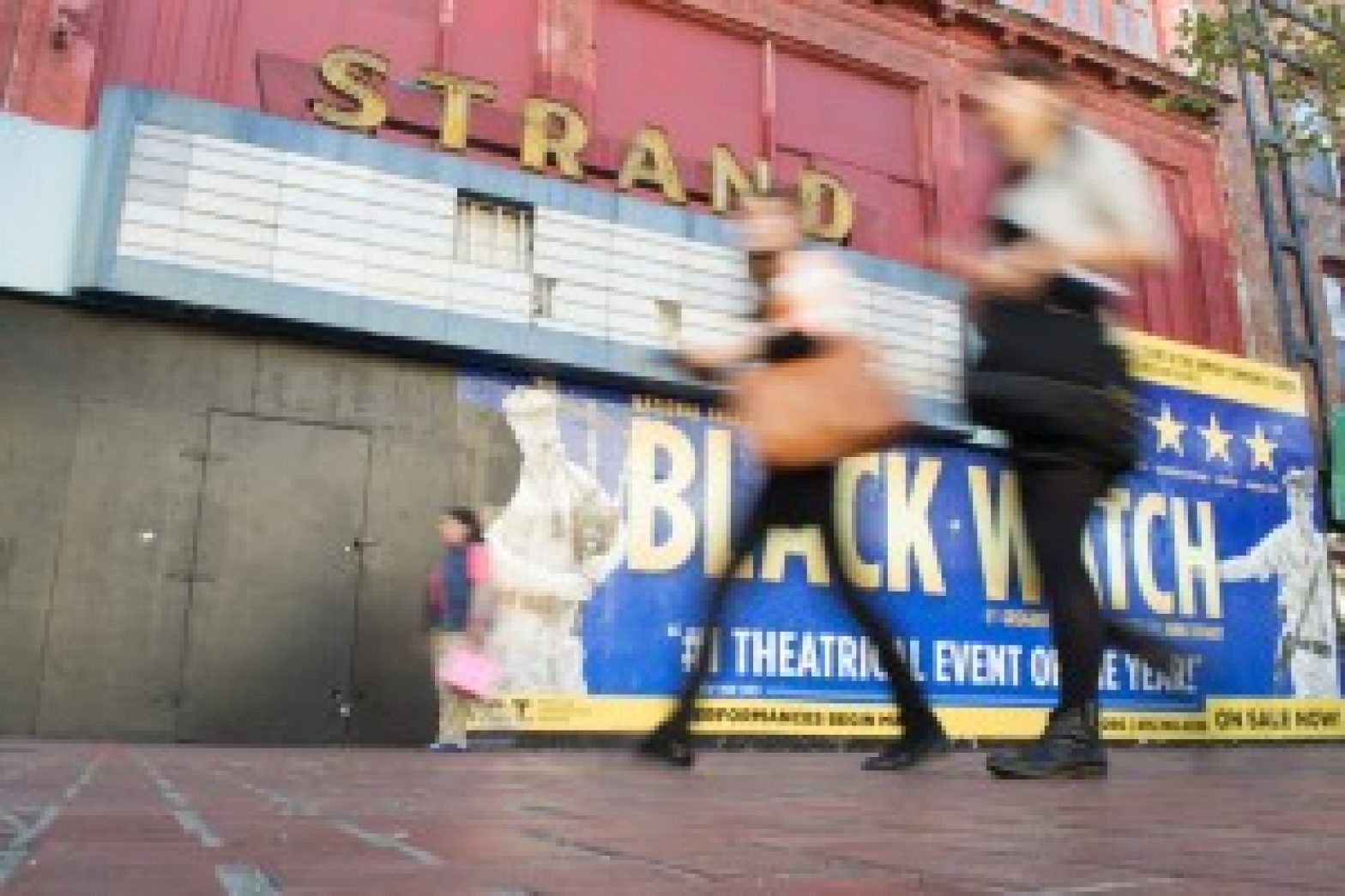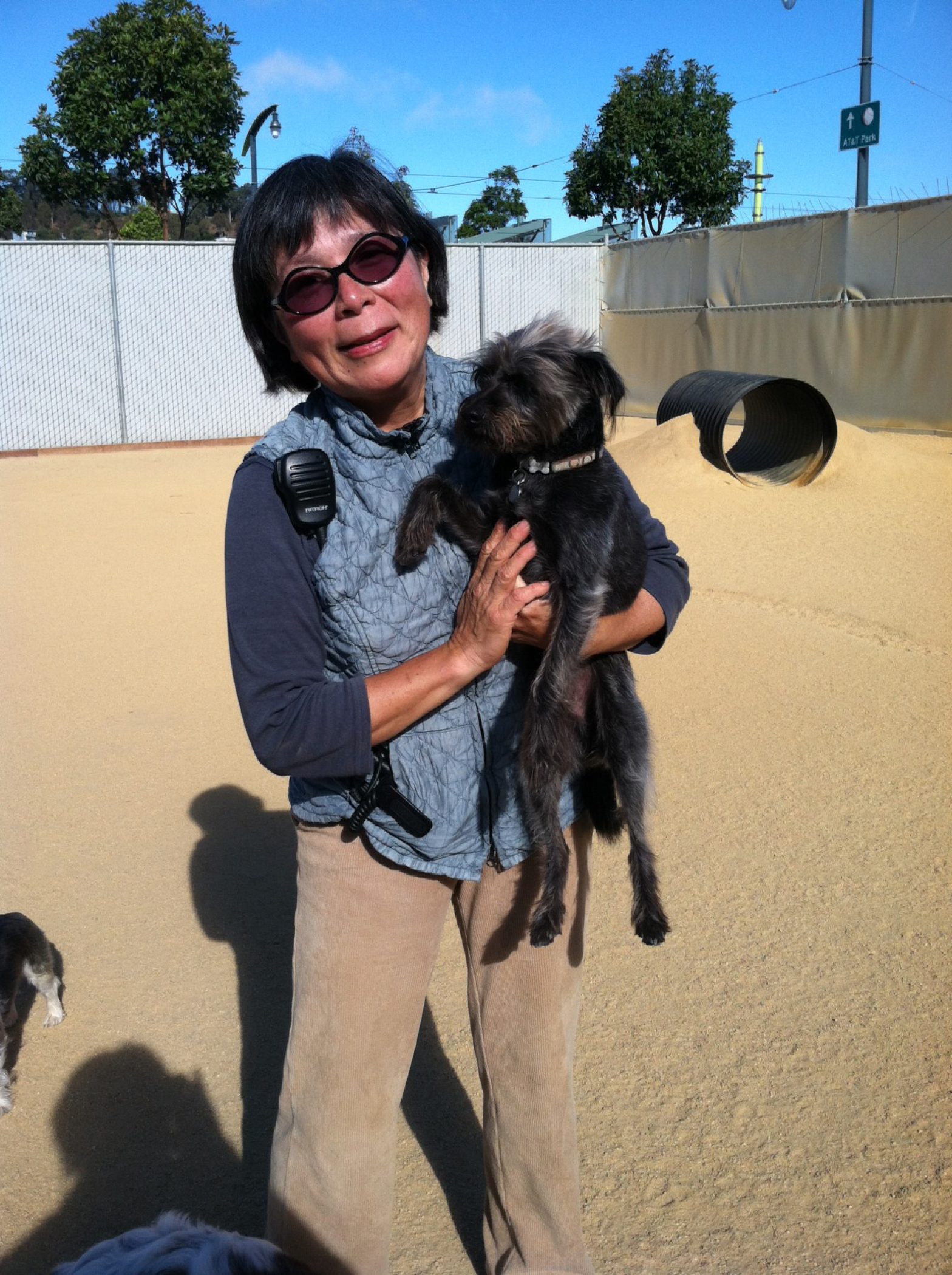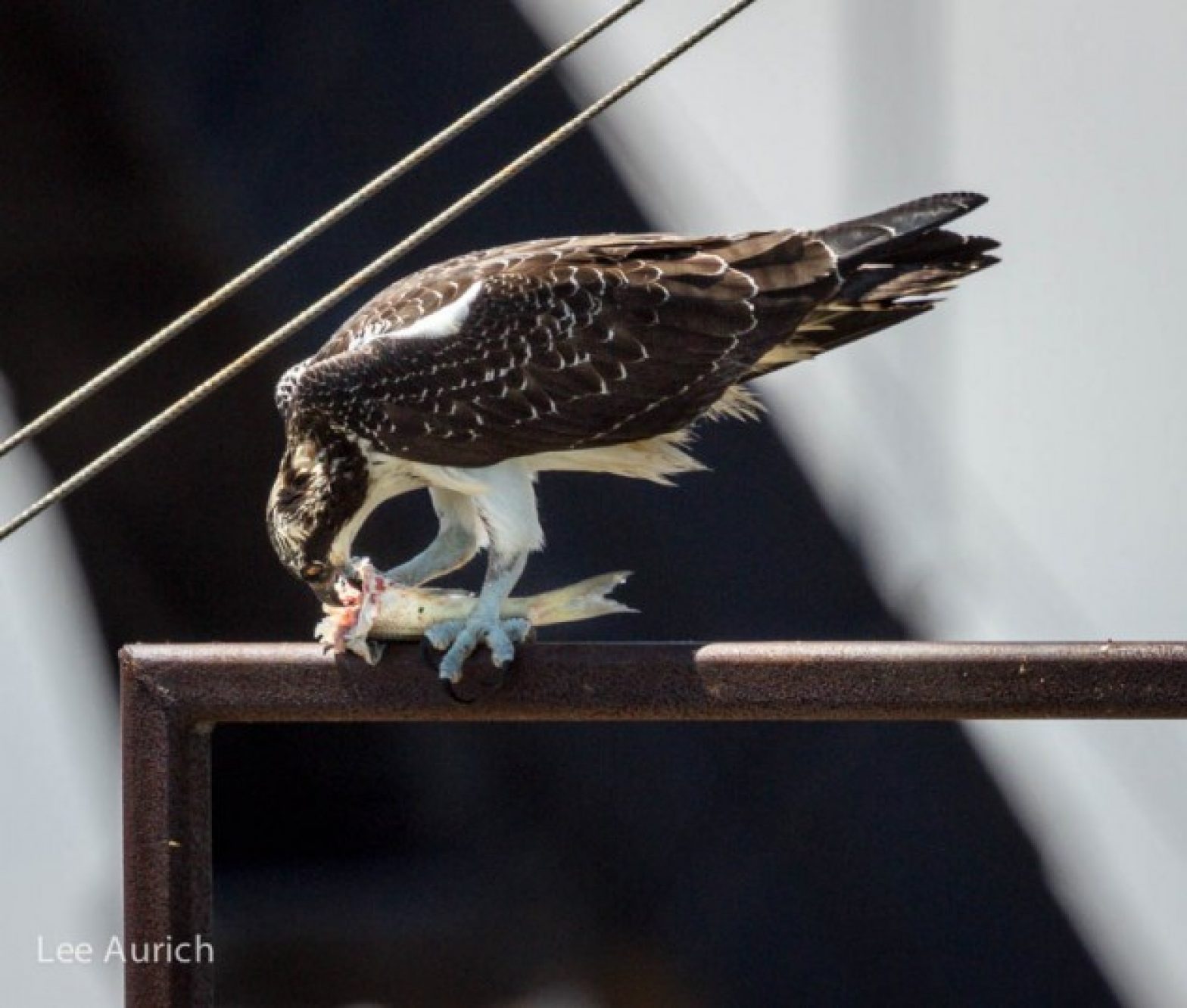News
The Danger Zone of South Van Ness
By Heather Mack, Mission Local
When Mark Morey wanted to know how often people were speeding past his South Van Ness home, he didn’t rely on mere estimates. The 49-year-old Mission resident equipped himself with a cheap radar gun, posted up near a few busy intersections and took aim. “Almost everyone who drives down that street is driving too fast,” said Morey. “And anyone who has to cross the street is fear-stricken. It’s no surprise that there are so many accidents there.”
So many, in fact, that South Van Ness is among the worst of the worst when it comes to dangerous streets in San Francisco.
